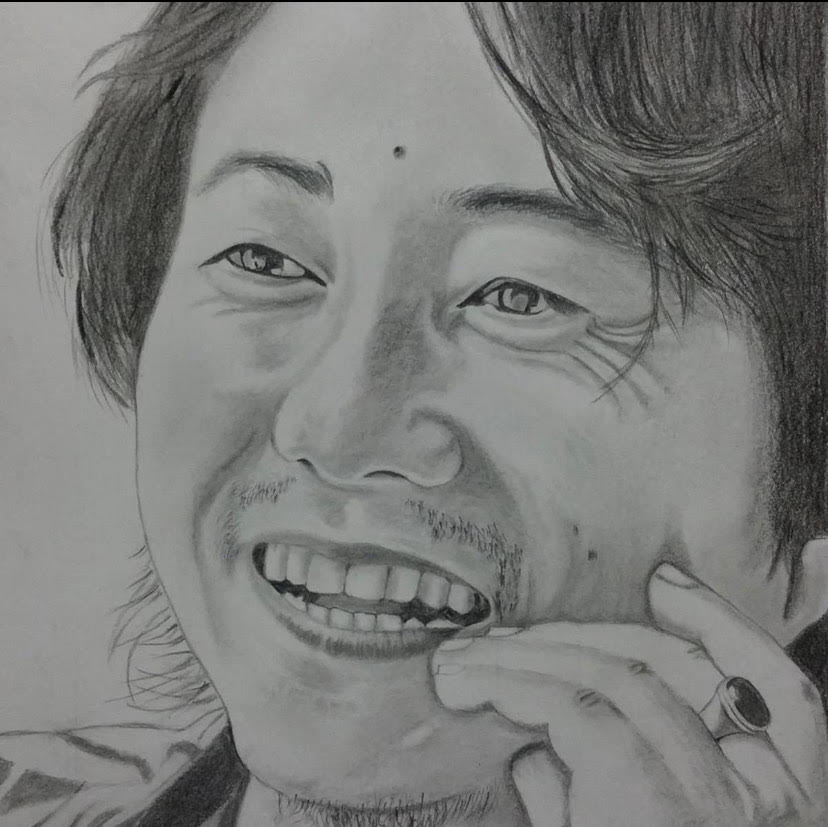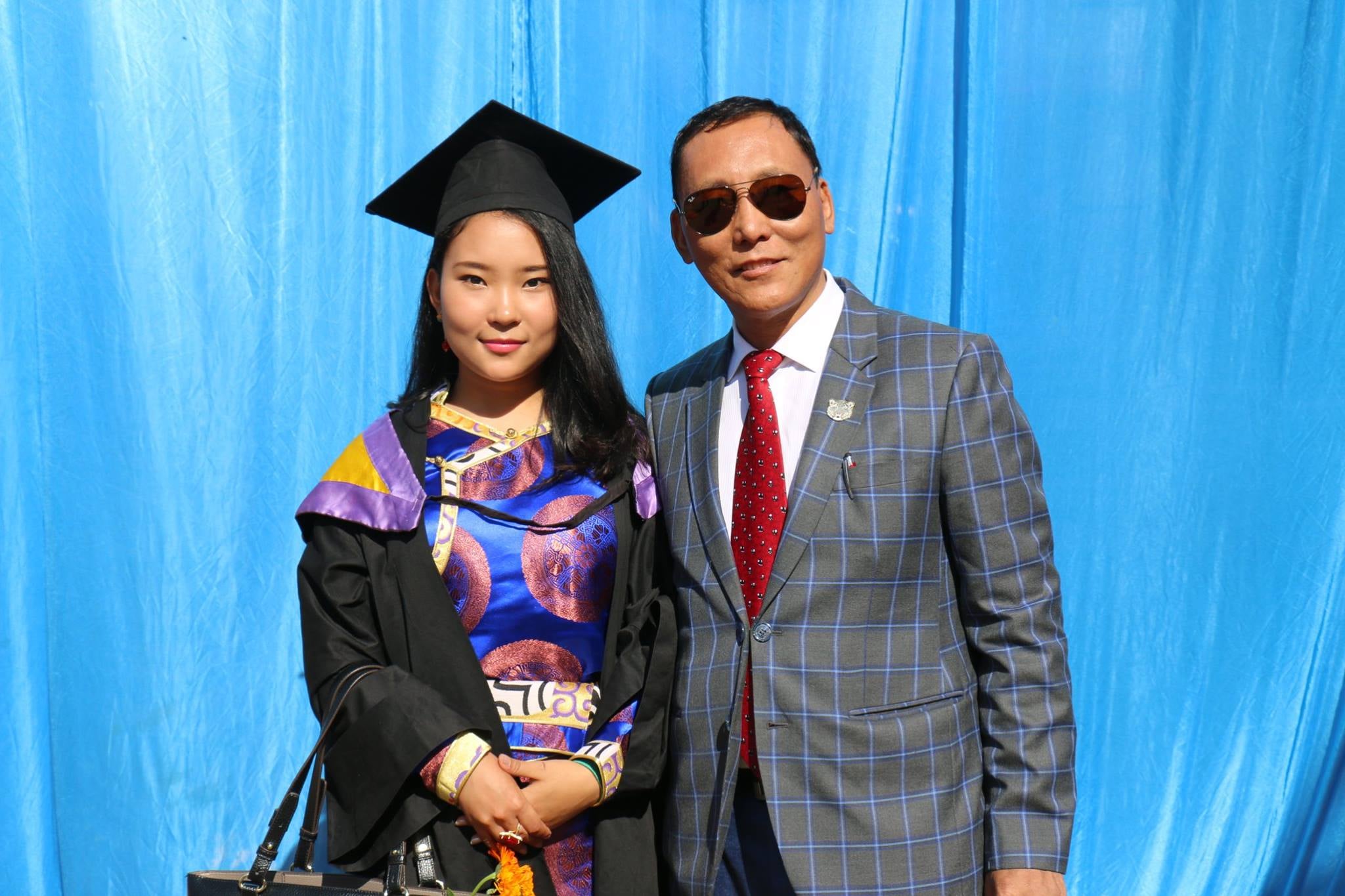Educational continuity amidst disaster: Strategies for Nepal’s earthquake-affected learners

The devastation caused by the earthquake of 6.4 magnitude that struck Jajarkot and the adjacent areas reveals more than mere physical devastation. It reveals dreams that were upset, educational sessions that were disrupted, and a future that appears abruptly as precarious as the trembling earth. While the immediate focus should be on rescue operations and relief efforts following a disaster of this magnitude, there exists an additional crucial element that necessitates our undivided and immediate attention: the maintenance of educational continuity.
The visual representations of deteriorating walls and blackboards covered in dust serve as aemotional reminder that the educational journey of numerous children has been abruptly severed.In the immediate consequence of an earthquake, continuing education is not aindulgence but the necessity.
Young minds damaged by trauma may find consolation in the familiarity of the classroom environment, the presence of a teacher, and their peers. Furthermore, by means of education, we endow forthcoming generations with the intellectual capacity to reconstruct more effectively, comprehend the particulars of natural forces, and develop novel approaches to establishing a society that is resilient.Although intimidating, the task is not impossible. Incorporating temporary learning centers into the education sector’s initial response to the crisis is imperative. These spaces fulfill functions beyond education; they function as centers of community, psychosocial support, and nutrition, frequently doubling as distribution sites for aid and food.
We urge local communities, non-governmental organizations, the government, and international aid to unite in support of this cause. As the foundation upon which all other endeavors are reconstructed, education cannot be postponed until all other aspects have been rebuilt. Policy implementation, resource mobilization, and funding allocation must all prioritize the continuity of our children’s education.
It is frequently stated that children are the most susceptible during periods of catastrophe. Inverting this narrative would be beneficial. We should enable our offspring to serve as agents of transformation and fortitude. While surrounded by devastation, may our determination to pursue further education resonate as the most powerful aftershock we experience. Because those youthful intellects contain the seismic force necessary to innovate, surmount obstacles, and strive for a future unaffected by the upheavals of the past.Without a doubt, we should further examine each of the suggested models for continuing education in Western Nepal, with particular attention to regions impacted by the earthquake, such as Jajarkot and Western Rukum, where inadequate ICT infrastructure presents a formidable obstacle.
Enhancing Trauma Recovery Strategies
The integration of trauma-informed educational practices entails a holistic strategy for identifying and attending to the psychological and social issues that have affected students. Educators and school administrators undergo specialized training in order to recognize indicators of trauma and offer empathetic responses. Establishing safe and secure environments, such as sensory spaces and non-punitive disciplinary approaches, is a top priority for trauma-informed schools. Tailored to the specific requirements of severely impacted pupils, individualized support strategies are developed to facilitate their academic and emotional development. Incorporating cultural sensitivity serves to recognize the multifarious effects of trauma.
In addition, learners who have been impacted by the earthquake must have access to indispensable emotional and psychological support. Individual counseling sessions, facilitated by trained professionals, provide students with the opportunity to process personal experiences and cultivate effective coping strategies. Group therapy fosters a sense of community and peer support, providing students with an opportunity to openly communicate and develop collective resilience. Families must be involved in order to provide guidance on how to support the mental health of children at home.
The modules encompass various topics such as conflict resolution, problem-solving, emotional regulation, and tension management. In addition, practical exercises are incorporated to foster the application of acquired skills. Positive psychology promotes hope and optimism. These components contribute to a comprehensive approach to the well-being of learners impacted by the earthquake, fostering their emotional recuperation and cultivation of resilience.
Community-Based Learning Centers
Following the devastating earthquake that profoundly affected Western Nepal, the communities situated in Jajarkot and Western Rukum are uniting in an effort to restore a degree of regularity to their young people’s lives. The inception of Community-Based Learning Centers (CBLCs) has been perceived as a beacon of optimism amidst the prevailing conditions of devastation.
Community-based learning centers (CBLCs) go beyond their conventional function as educational establishments and instead serve as hubs of communal unity. In addition to providing educational instruction, these centers provide a safe haven where families and children can participate in educational activities that promote healing and progress.
For instance, one section could be embellished with young children’s artwork to create an animated learning environment, while distinct areas could be designated for older pupils to store academic resources pertinent to their academic level—from scientific models to literature appropriate for advanced learners.
In addition to providing educational programs, it is anticipated that these community centers will serve as the foundation for cultivating communal resilience. Their objectives include providing platforms for discussions on reconstruction, hubs for sharing crucial information regarding health and safety, and locations for educational seminars that enable parents and guardians to better assist their children’s academic pursuits in the face of the difficulties caused by the disaster.
Consequently, the CBLCs in Jajarkot and Western Rukum serve as evidence of the indomitable nature of the Nepalese spirit. Bearing witness to challenges, these centers are conceptualized not merely as temporary resolutions but rather as the fundamental pillars of a revitalized educational system.
Flexi-Schooling Model
The blended learning model offers a systematic educational approach that combines guided study, collaborative work, and direct teacher interaction. This model is particularly well-suited for areas such as Jajarkot and Western Rukum that are in the process of recovering from the devastation caused by the earthquake. After conducting an initial assessment of available resources and areas of deficiency in education, this model proceeds to implement focused teacher and volunteer training. Curriculum modifications to accommodate a more flexible delivery system are required, along with the organization of self-directed study groups and the distribution of course materials. Establishing effective communication channels to ensure consistent support and feedback is crucial to the success of this model. Additionally, employing strategies that optimize face-to-face instructional days and autonomous study periods is essential. It promotes collaborative assignments that are pertinent to the immediate surroundings of the students and make use of knowledge that is specific to the area. Consistent monitoring and adjustment, in addition to parental and community engagement in the educational process, are critical components. This model has been specifically developed to not only endure the challenges but also prosper in the educational environment following an earthquake. It does so by accommodating limitations, emphasizing sustainable learning, and encouraging community involvement.
Printed Material Distribution
A vigorous system for disseminating printed educational materials is crucial in the earthquake-ravaged districts in Nepal, where Internet and electricity access is inconsistent. A meticulous procedure was employed to construct this system, which consists of the following: the selection of resources that are in line with the academic and cultural requirements of the students, the creation of self-guiding materials augmented with visual aids, and the organization and printing on a large scale of these materials into kits that are simple to distribute. Establishing a dependable distribution network is critical to the success of this system. This may involve coordinating collection points with community support, utilizing local transportation, or designating public spaces as centers for material exchange. Furthermore, the approach prioritizes the empowerment of parents by providing them with training to facilitate home learning. Materials are consistently improved upon in response to community input, and care is taken to ensure that they are educationally pertinent and captivating for the children.
Concluding Remarks
As a result of the catastrophic disasters that struck Jajarkot and the surrounding regions, immediate rescue and relief operations were prioritized. However, it is of equal importance to maintain educational continuity in the midst of the physical destruction. Schools that have collapsed represent blemished futures. Temporary learning centers play a vital role by providing community support and education. Local communities, non-governmental organizations, the government, and international aid must collaborate. Resilience can be fostered by children. Even in regions with inadequate ICT infrastructure, models of continuing education are vital for their future prosperity.
Yadu Prasad Gyawali is an Assistant Professor at Mid-Western University (MU), Surkhet, in Nepal, Yadu has been contributing in teaching and research domains of English Language teaching. In addition to his teaching duties, he serves as a teacher trainer, consultant, and editor for various journals. He is also pursuing a Ph.D. at Chandigarh University in India. Email: [email protected]















